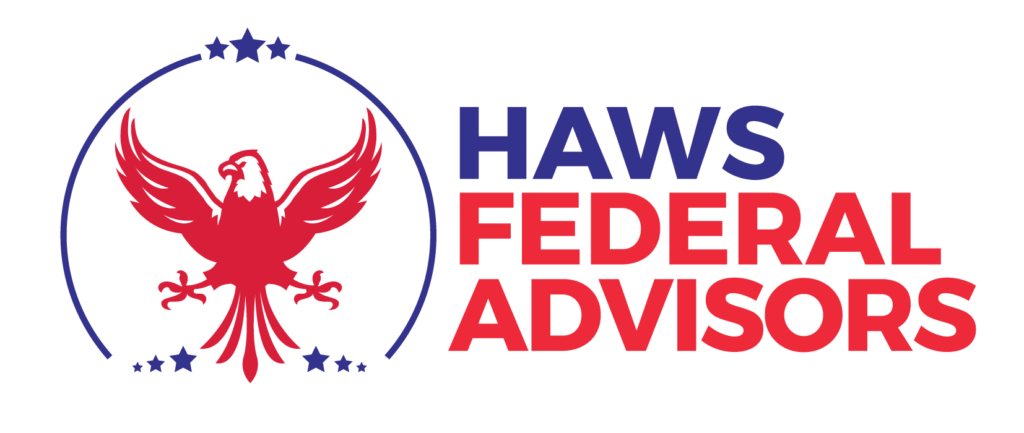Picking a retirement date may seem arbitrary but can certainly make a big difference on how your retirement goes.
This guide will help you finish strong by picking the right retirement date that makes sense for you.
How To Pick Your Federal Retirement Date
There are 2 main things to consider when picking the day to retire as a FERS federal employee.
Pension Starts Following Month
No matter what day of the month you retire, your pension will start the 1st day of the following month.
For example, if you retire on January 10th, your pension will start on February 1st.
But if you retire on January 31st, your pension will still start on February 1st.
So it can often make sense to retire near the end of month to limit the time between retirement and the start of your pension.
Annual Leave Payout
If you have any annual leave on the books when you retire you will be paid a lump sum payment for that leave.
But for most federal employees there is a limit on how much annual leave you can bring forward to each new year.
This is why many federal employees retire at the end of the leave year to maximize how much annual leave they can get paid for.
However, the leave year does not end on the same day every year.
Here is a chart the shows the beginning and end of the leave year for years 2020-2030
Source:https://www.opm.gov/policy-data-oversight/pay-leave/leave-administration/fact-sheets/leave-year-beginning-and-ending-dates/
Here are 3 big mistakes to avoid when picking a retirement date.
Tax Bump From Annual Leave Payout
Getting a lump sum payment from your annual leave can be very helpful but you have to remember that it is taxable income.
So if you have a sizable amount of annual leave saved up, your lump sum payment could cause you some unwanted tax consequences in the year you retire.
So you’ll want to plan your retirement date in a way that considers your taxes as well.
An unexpected increase of taxable income could cause any of these issues
-Increased taxes
-Inability to contribute to Roth IRA or deduct contributions to traditional IRA
-Higher percentage of Social Security taxed
-Higher Medicare Premiums
TSP 10% Penalty
The normal age requirement to avoid a 10% early withdrawal penalty on TSP withdrawals (and retirement accounts in general) is age 59 and ½.
However, your TSP has a special rule.
As long as you retire in or after the year you turn 55 (50 if you are special provisions) then you can avoid the 10% penalty.
But this rule does not apply if you roll your TSP over to an IRA so you may want to wait until at least 59 and ½ until you move your money out of your TSP.
Your Pension Doesn’t Start Right Away
When you retire from federal service, it can take some time for OPM to process your retirement application and for you to start receiving your full pension.
I have seen this process take anywhere from 6 weeks to 12 months.
Once your application is completely processed you will be paid everything that is owed to you but you will have to be able to pay your bills until that happens.
It can even take between 4-6 weeks for you to withdraw any money from your TSP(thrift savings plan) as well.
To deal with these potential delays, you have to have savings on hand to fill the gap. I recommend you have at least 6 months (if not 12 months) worth of expenses in cash.
This way you don’t have to resort to credit cards or other debt to fill the gap in income while you are waiting.


